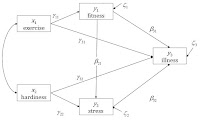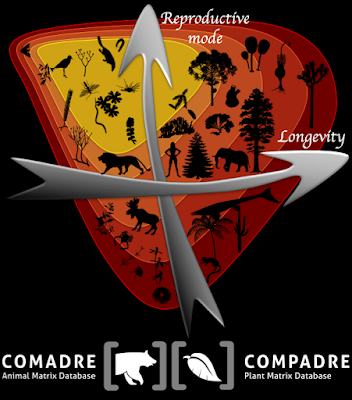Postgraduate Seminar Speakers 11th
August 2016
1pm -
Zoology Museum (Wallace 129)
S P
E A K E R 1
O ye of little plague? Linking genetic
diversity of North American Signal Crayfish populations (Pacifastacus leniusculus) with prevalence of crayfish plague (Aphanomyces astaci)
Chloe Robinson

Signal crayfish (Pacifastacus leniusculus) were first introduced to the UK in the
1970s through aquaculture and currently occupy a widespread distribution. Signal
crayfish cause detrimental effects on native biodiversity, namely on their
conspecific the white-clawed crayfish (Austropotamobius
pallipes). The invasive crayfish are larger, more aggressive and more
fecund than A. pallipes and subsequently outcompete them for food and shelter.
The spread of crayfish plague (Aphanomyces
astaci) from P. leniusculus causes
100% mortality in A. pallipes
populations without having any adverse effects on the invasive crayfish.
Despite their current status, very little is known about the dispersal and
population genetics of P. leniusculus,
especially in relation to plague infection levels. Catchments which are free of
crayfish plague despite the presence of signal crayfish, could potentially see
the coexistence of natives and invasive crayfish and identifying rivers early
which are at risk of infection could minimise loss of native populations and
aid in conservation of the species.
S P
E A K E R 2
From Community to Individual: DNA Metabarcoding
Reveals Pollen Transport by Hoverflies
Andrew Lucas
Pollination by insects is a key ecosystem
service, and important to wider ecosystem function. Using DNA metabarcoding to identify pollen, I
have constructed pollen transport networks for hoverflies (Syrphidae) in the
genus Eristalis and investigated pollen transport networks in grasslands in
west Wales. The results are giving new insights into how pollen transport
networks are structured.
S P
E A K E R 3
The importance of body orientation in collective herding
behaviour
For social animals,
coordinating their motion to remain cohesive can provide selective advantages.
An early study by Herbert Prins suggested that during stationary periods,
ungulates can use body orientation to ‘vote’ on their preferred travel
direction. Modern empirical and theoretical studies have since emphasised the
importance of inter-individual alignment (a product of orientation) in
collective decision making, although generally this has not been explored in
the ‘pre-departure period’, or in free ranging animal groups. I will present
high-resolution GPS (1 Hz) and inertial sensor (40Hz) data for a herd of n=16
goats over a 10-day period in the Namib Desert, Namibia. I will show how
integrating compass heading from magnetometer/ accelerometer data with other
measures from GPS data (e.g. linear distance; speed) provide information on
individuals’ orientation even when sedentary or slow moving, allowing for a
fuller understanding of the specific movement cues and social interactions that
drive group movement dynamics.
 Within the last ten years, models of evolution have begun to incorporate structured populations, including spatial structure, through the modelling of evolutionary processes on graphs (evolutionary graph theory). One limitation of this otherwise quite general framework is that interactions are restricted to pairwise ones, through the edges connecting pairs of individuals. Yet many animal interactions can involve many individuals, and theoretical models also describe such multi-player interactions.
Within the last ten years, models of evolution have begun to incorporate structured populations, including spatial structure, through the modelling of evolutionary processes on graphs (evolutionary graph theory). One limitation of this otherwise quite general framework is that interactions are restricted to pairwise ones, through the edges connecting pairs of individuals. Yet many animal interactions can involve many individuals, and theoretical models also describe such multi-player interactions. 















